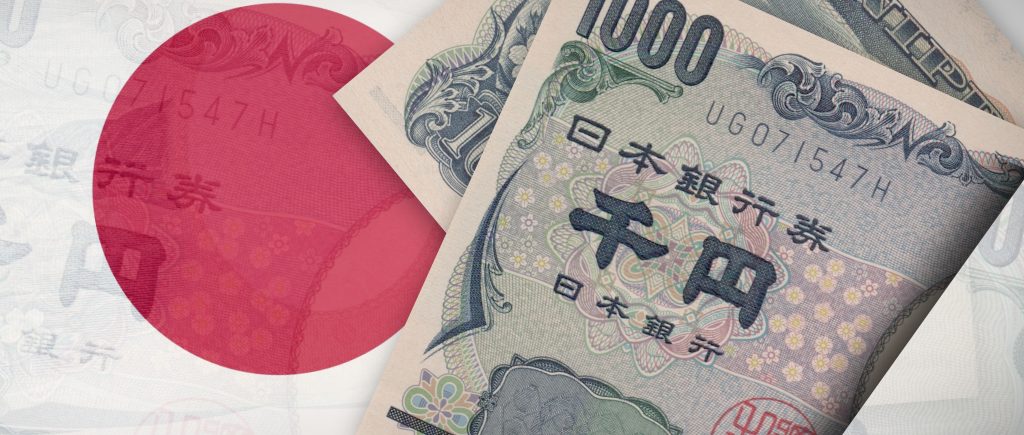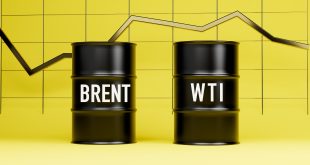The US government shutdown, initiated at the close of September, presents a confluence of uncertainty for the global economy. While political paralysis in Washington risks exposing fiscal vulnerabilities and delaying critical economic data, the US Dollar (USD) has surged, most notably against the Japanese Yen (JPY), pushing the USD/JPY pair to a multi-month high. This divergence begs a provocative question: can America’s robust economic fundamentals and global capital flows continue to outweigh the noise of its self-inflicted political wounds, or is this currency rally built on a foundation of shifting sand?
Diverging Policy Fuels the USD/JPY Climb
The rally of the USD/JPY pair, recently touching 153.00, is a potent symbol of global monetary policy divergence. The Greenback’s strength is not solely attributable to the domestic economy but is significantly amplified by sustained capital outflows from currencies with less attractive yield prospects. The primary driver of the Yen’s weakness remains the vast interest rate differential.
This imbalance is underscored by the actions of both central banks. The Federal Reserve, despite resuming rate cuts, is still operating with a policy rate significantly higher than the near-zero range of the Bank of Japan (BoJ). Furthermore, the leadership change in Japan, with Sanae Takaichi now at the helm, has prompted market expectations for any near-term BoJ tightening to be pared back, effectively reinforcing the existing policy chasm. The Yen’s depreciation is thus more a function of Japan’s cautious monetary posture and political signals than it is a failure of the USD to attract capital.
The Shutdown’s Shadow over Fed Policy
The US government shutdown has plunged monetary policy into an informational vacuum. With key data like the jobs report and inflation figures suspended, Federal Reserve policymakers are left without their primary compass. The September Federal Open Market Committee (FOMC) minutes confirmed a pivot, with the policy rate cut to
4.00%−4.25% on growing concern over the softening labor market.
Without official reports, the Federal Reserve must rely on weaker, alternative private-sector metrics, such as the recent dips in payroll data. This data gap, ironically, could strengthen the case for further easing at the upcoming October 29 meeting, especially if the political impasse leads to the rumored permanent contraction of the federal workforce. Officials, including Governor Miran, who favored a deeper rate cut in September, have signaled the central bank’s heightened focus on employment risks. Yet, this monetary easing is occurring against a backdrop of resilient consumer spending and a structural boost from AI-related investments, leading to an analytical tightrope walk for policymakers who must act with incomplete information.
Economy vs. Gridlock: Which Story Wins?
Despite the political theatre, the US economy demonstrates considerable underlying resilience. Third-quarter GDP growth remains solid, propelled by robust retail sales and massive capital expenditures by technology firms, which are poised to pour nearly 400 billion into AI-related infrastructure next year. While a shutdown typically shaves a temporary 0.1 to 0.2 percentage points off quarterly GDP for each week it lasts, historical evidence suggests this activity is recovered once furloughed federal workers receive back pay.
The real danger lies in the novel threat of widespread, permanent federal job cuts. Should this materialize, the economic damage would shift from temporary disruption to structural deceleration, a far more challenging headwind. For now, US equity markets have largely looked past the drama, with the S&P 500 and Nasdaq notching strong quarterly gains, a historical pattern during brief shutdowns. Corporate earnings, expected to register their fourth straight quarter of double-digit growth, offer a steady guidepost that supports this market resilience.
Investors and traders must adhere to a reasonable level of caution and stay fully informed. The USD/JPY pair’s continued upward trajectory is a clear reflection of the policy gap, but that gap is highly sensitive to shifts in central bank guidance and political outcomes. The episode is a sharp reminder that while political dysfunction can temporarily cloud the outlook, the true test of this economic cycle rests on the durability of consumer strength and technological innovation against the mounting risk of institutional decay.

 Noor Trends News, Technical Analysis, Educational Tools and Recommendations
Noor Trends News, Technical Analysis, Educational Tools and Recommendations




